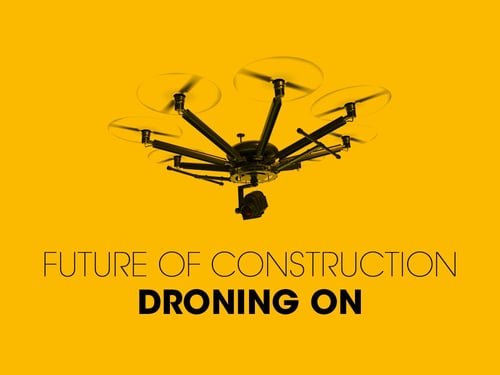3D Modelling
Obviously one of the most powerful advantages of drone technology is its manoeuvrability and the flexibility that this allows. By using drones to scan buildings, or larger areas 3D models can be quickly and easily compiled and imported into software packages allowing for quick comparisons with design specifications.
Real-Time Progress Monitoring
Again, thanks to the flexibility allowed by the fundamental manoeuvrability of drones, they are the perfect technology to make use of when it comes to monitoring the progress of a build in real time. Being able to get an aerial viewpoint of a site allows project managers to better track the progress of a build, better manage their resources and therefore reduce down time.
Orthomosaics
Orthomosaics refer to the process of creating an aerial photo or composite image that is geometrically accurate or correct. Meaning, essentially it is an aerial photo which is to scale and has the same lack of distortion as a map. Orthomosaics allow better understanding of a development area in finer detail.


Have your say